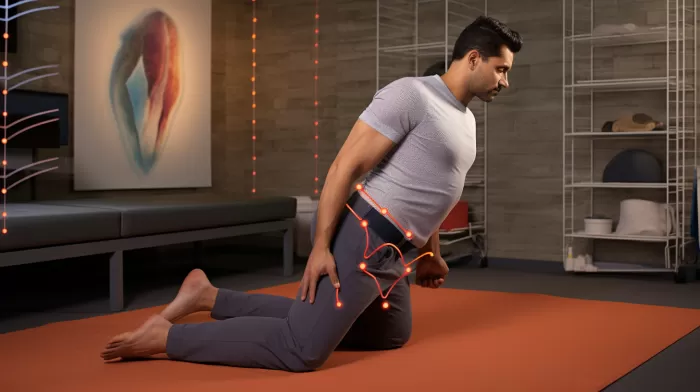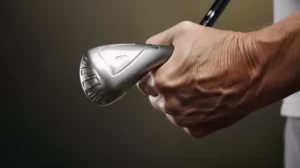Millions of people undergo surgery for back pain each year, hoping to find a long-term solution to their pain. However, various studies show that in many cases, surgery may not provide lasting advantages over other treatment options for dealing with back problems.
One such study, conducted at Dartmouth-Hitchcock Medical Center in New Hampshire, found that eight years after surgery for spinal stenosis—a condition involving back pain caused by narrowing of the spinal canal—those who had undergone surgery were in roughly the same amount of pain and discomfort as others who utilized more conservative treatment methods.
Non-surgical treatments for spinal stenosis
Spinal stenosis often causes both back pain and leg pain. Non-surgical treatment options for this condition include specialized exercises and physical therapy, as well as medication.
Addressing spinal issues with physical therapy often begins by focusing on building strength and flexibility in the muscles that surround the spine. A physical therapist can work with a patient to develop a customized exercise plan that takes into account the patient’s specific condition, needs, and goals. This approach not only builds muscle strength, but can also help to improve posture—another important factor in alleviating pain from spinal stenosis.
Some common exercises and stretches that physical therapists often recommend for spinal stenosis include:
- Pelvic tilt: While lying on your back, tighten your abdominal muscles and push the small of your back into the floor. Hold this position for a few seconds, then release. Repeat 10-15 times.
-
Cat-cow stretch: Begin on your hands and knees, with your hands directly under your shoulders and your knees beneath your hips. Slowly arch your back towards the ceiling (cat position) and hold. Then, lower your stomach towards the floor and lift your head, chest, and tailbone towards the ceiling (cow position). Hold, then return to the starting position. Repeat 10-15 times.
-
Lumbar rotation stretch: While lying on your back, bend both knees and place your feet flat on the floor. Keeping your shoulders and lower back pressed into the floor, slowly lower your knees to one side. Hold for a few seconds, then return to the starting position and repeat on the other side. Complete this stretch 5-10 times on each side.
The limitations of back surgery
The Dartmouth-Hitchcock study examined data from a research initiative called the Spine Outcomes Research Trial (SPORT), which included information about 654 people suffering from spinal stenosis. These patients received treatment for their backs at 13 hospitals in 11 different states.
According to the data, while surgery provided more effective relief from pain and discomfort than conservative treatment methods in the first four years following spinal operations, the surgical advantage eventually disappeared. By the eighth year, patients who had undergone surgery experienced similar levels of pain and discomfort as those who opted for non-surgical treatment.
Although both surgical and non-surgical methods of treating spinal stenosis are considered safe, nearly one in five people who chose to have surgery had another operation for back pain within the eight years covered by the study.
When is surgery necessary?
While the Dartmouth-Hitchcock study casts some doubt on the long-term efficacy of surgical intervention for spinal stenosis, it is important to remember that these findings may not apply to every individual case. In certain situations, surgery may still be the best course of action.
For example, if a patient has been diagnosed with spinal stenosis and has already tried conservative treatments like physical therapy and medication without seeing improvement, surgery may be the next logical step. It is crucial for patients to have open discussions with their healthcare providers about the potential benefits and drawbacks of surgery, as well as other treatment options, in order to determine the best course of action for their individual situation.
In conclusion, for many people suffering from spinal stenosis and other types of back pain, non-surgical treatment options like specialized exercises, physical therapy, and medication may provide equally effective outcomes as surgery. However, it is crucial to carefully evaluate each case on an individual basis and consider all possible treatment options in order to determine the best course of action.



